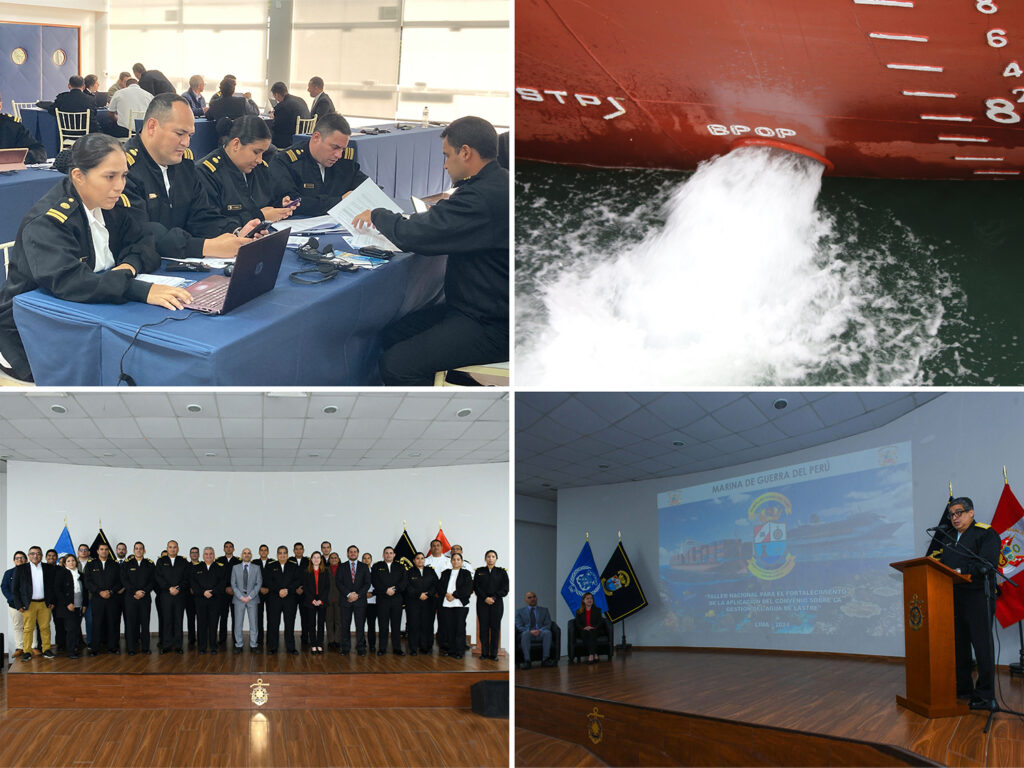Historian and international lecturer in Egyptology Bassam Radwan Al-Shamaa proposes the idea of an open-air museum in the middle of the sea in Egypt, 650 meters from the beach of the zone of El Alamein, north of Egypt.
The honored tour guide from the United Nations proposed the idea of a museum for a sunken ship using the Coffer Dam method, i.e. building a buffer dam preventing any water leakage into the already dried-up area of the sunken barge.
Philae temples
He explained to “ Maritime Tickers “ that the method is simple and widely tested in the world, and it is extremely successful. Indeed, a similar method was used in the process of moving the Philae temples in Aswan, which were submerged in a high level of water in the area between the High Dam and Old Aswan reservoir in southern Egypt
Project stages:
First stage
Identifying the ship, its cargo, and its location precisely.Actually ,this stage has already been done and completed in 2023. The Egyptian Ministry of Antiquities announced the discovery of the remains of a sunken ship dating back to the third century BC, in the year 2023, in the El Alamein area, where the Egyptian archaeological mission from the Central Administration of Sunken Antiquities of the Supreme Council of Antiquities succeeded in an important discovery of the remains of a ship and the goods that were on board before sinking.
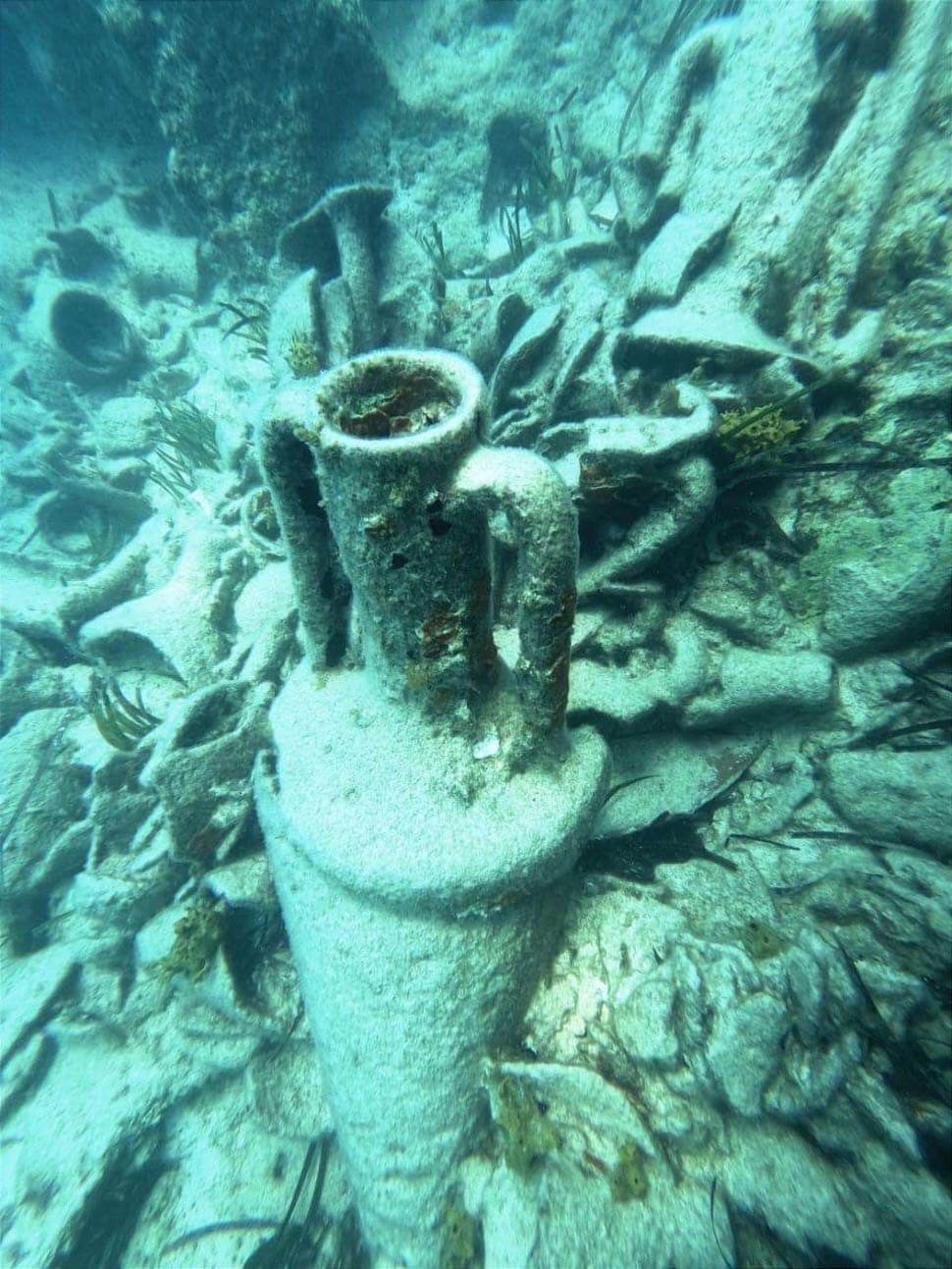
El Alamein area
This happened during an Egyptian diving archaeological survey work at one of the sunken sites in the Mediterranean Sea, about 650 meters from the shore of the El Alamein area, where the remains of a sunken ship and several amphorae jars from the third century BC. So, wood remains were found.
Next to the ship.
Archaeological pottery, including a large number of amphorae jars probably imported from the island of Rhodes in Greece, which were used in ancient times to store and transport liquid beverages.
The Ministry announced that these jars were found resting on a sunken island next to the ship. “What is likely to be the cause of the ship sinking during its commercial voyage was its bottom colliding with the island at the bottom of the sea”, announced the authorities
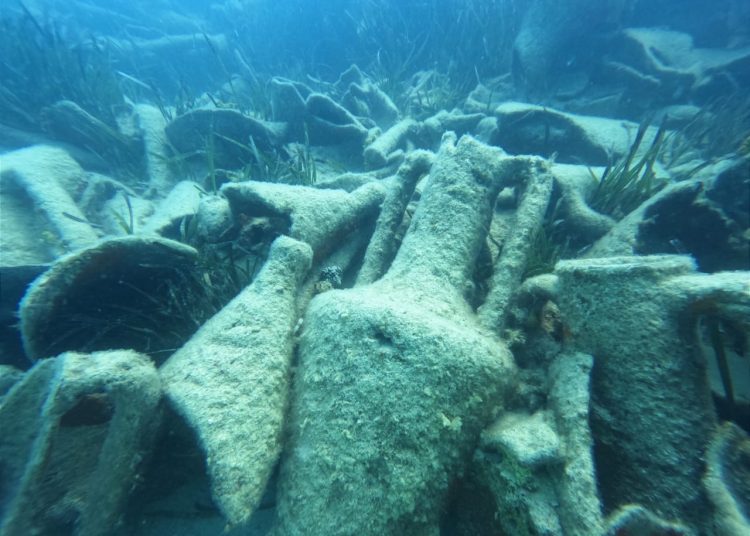
Second stage:
Building a cofferdam, a drain Coffer-Dam,By hammering wide stainless steel or anti-rust metal plate thick columns around the perimeter of the ship’s location found at the bottom of the sea.
The third stage:
Driving out the surrounding water of the salty sea water through suction machines, and directing the water to the sea itself.Emptying the ship’s area.
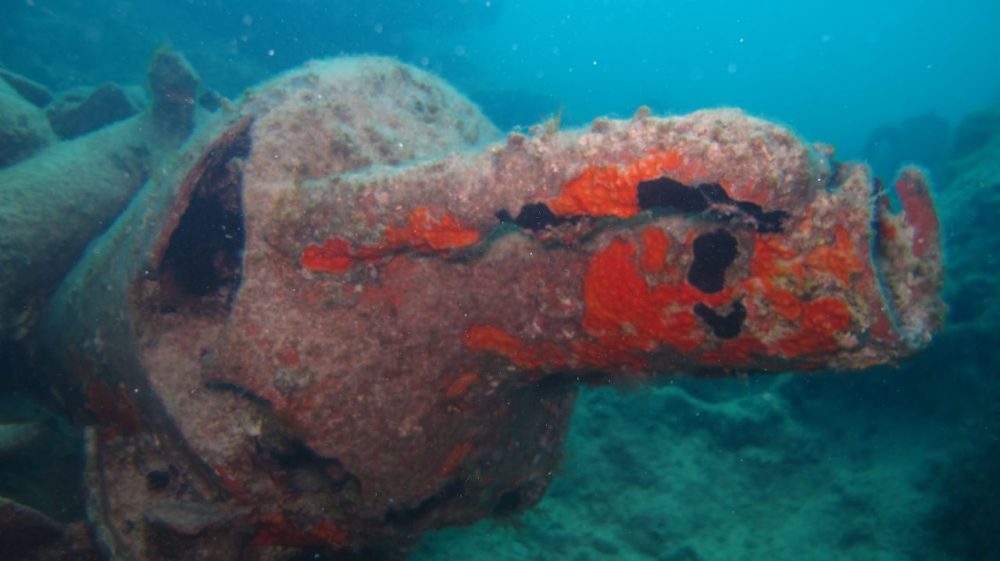
The fourth stage:
Studying, drying, and restoring of the ship and the cargo by our specialist divers and archaeologists.Writing and recording a complete scientific report which is to be taught and studied by Egyptian tour guides who will explain the ship and its history to visitors through guided boat trips in the sea next to the dam.
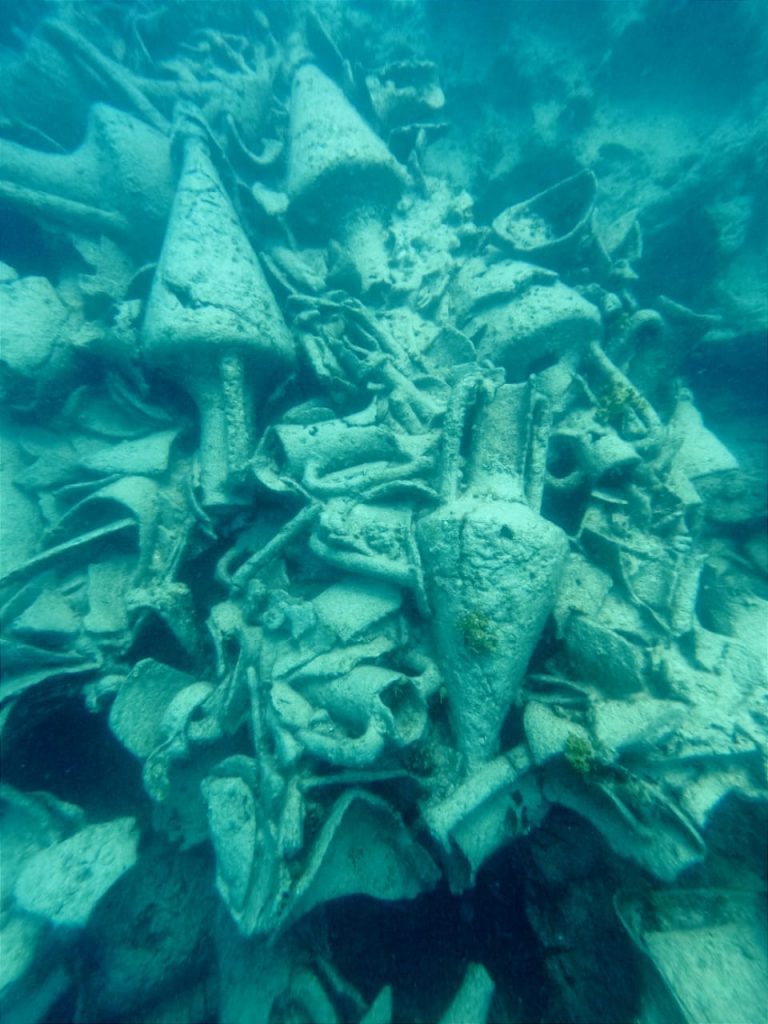
The possibility of extending a pedestrian road from the beach to the dam was helped by the vicinity distance and how close, in this case, this ship is.
Bassam Al-Shamaa emphasized at the end of his statement This project will be an addition to the Egyptian economy and it will add a new chapter to the book of the impressive book of the Egyptian history.



